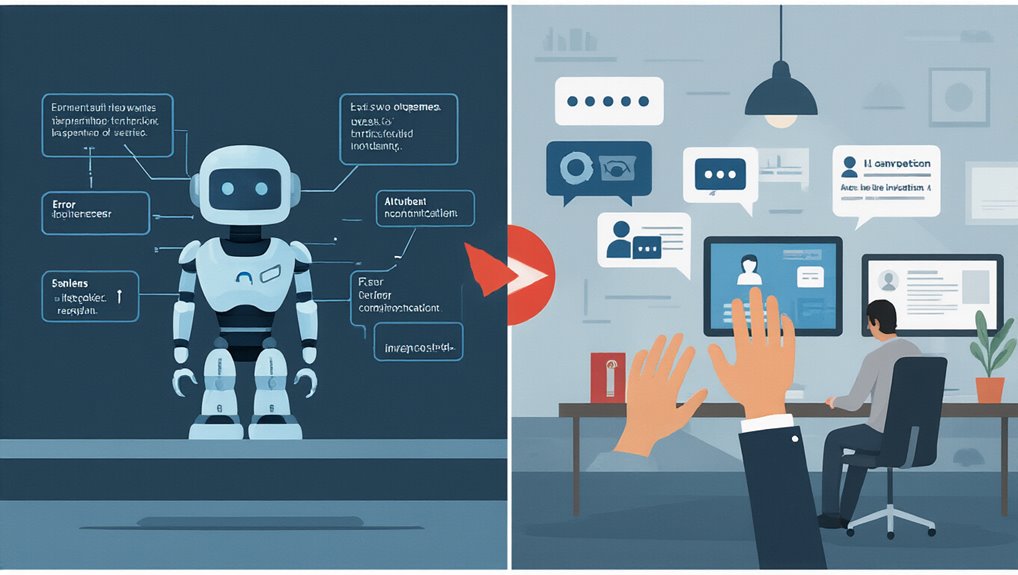How will AI transform IT Service Management by 2025? Despite promising advancements, current AI-powered ITSM tools fall short of expectations. Many solutions only assist rather than execute, leaving IT teams with improved but still manual processes. Today’s AI excels at categorizing tickets and basic triage but struggles with complex contextual understanding and autonomous resolution.
The global ITSM market is projected to reach between $15.4 billion and $25.83 billion by 2029, with growth rates varying from 6.2% to 15.7% CAGR. This expansion reflects increasing demand for proactive support solutions, particularly among SMBs and mid-market companies. However, adoption remains uneven, with only 43-55% of organizations utilizing AI for knowledge management and data analysis.
Three key limitations prevent current AI ITSM tools from delivering full value:
- Most tools remain assistive rather than autonomous
- Integration challenges with legacy systems persist
- Governance and compliance concerns slow implementation
The defining shift in 2025 will be the progression to agentic AI—systems that execute autonomously without constant human oversight. This represents a fundamental evolution from AI that simply recommends actions to AI that implements solutions independently. Survey data indicates that 38% of organizations are planning to leverage AI for ITSM challenges in 2025, showing a significant commitment to this technology.
According to research, 52% of IT leaders specifically want AI to automate responses to recurring issues.
Leading vendors are positioning for this transformation. ServiceNow stands as the only Leader in Gartner’s 2025 Magic Quadrant for AI in ITSM, while BMC, Ivanti, and GoTo are developing autonomous capabilities focused on self-healing workflows and zero-touch support. These platforms will incorporate machine learning, NLP, and generative AI to detect, diagnose, and remediate issues before users notice problems. Implementing an integration center of excellence can prevent connector sprawl while ensuring consistent standards across AI-powered ITSM projects.
The market is increasingly concentrated, with top 10 vendors controlling 83.3% of the total ITSM software market share, signaling fierce competition in the AI-powered ITSM space.
The most successful implementations will feature:
- Predictive analytics that identify potential failures before they occur
- Conversational AI that clarifies vague ticket reports
- Automated remediation workflows that fix common issues without human intervention
- Compliance-aware autonomous decision making
Organizations should prepare for this shift by auditing current processes, identifying high-volume routine tasks, and establishing governance frameworks that enable safe autonomous operation.








